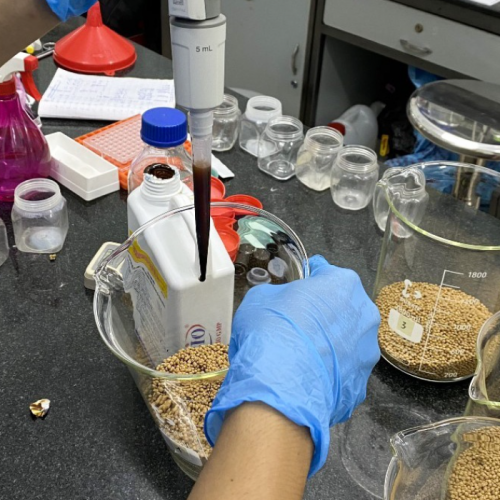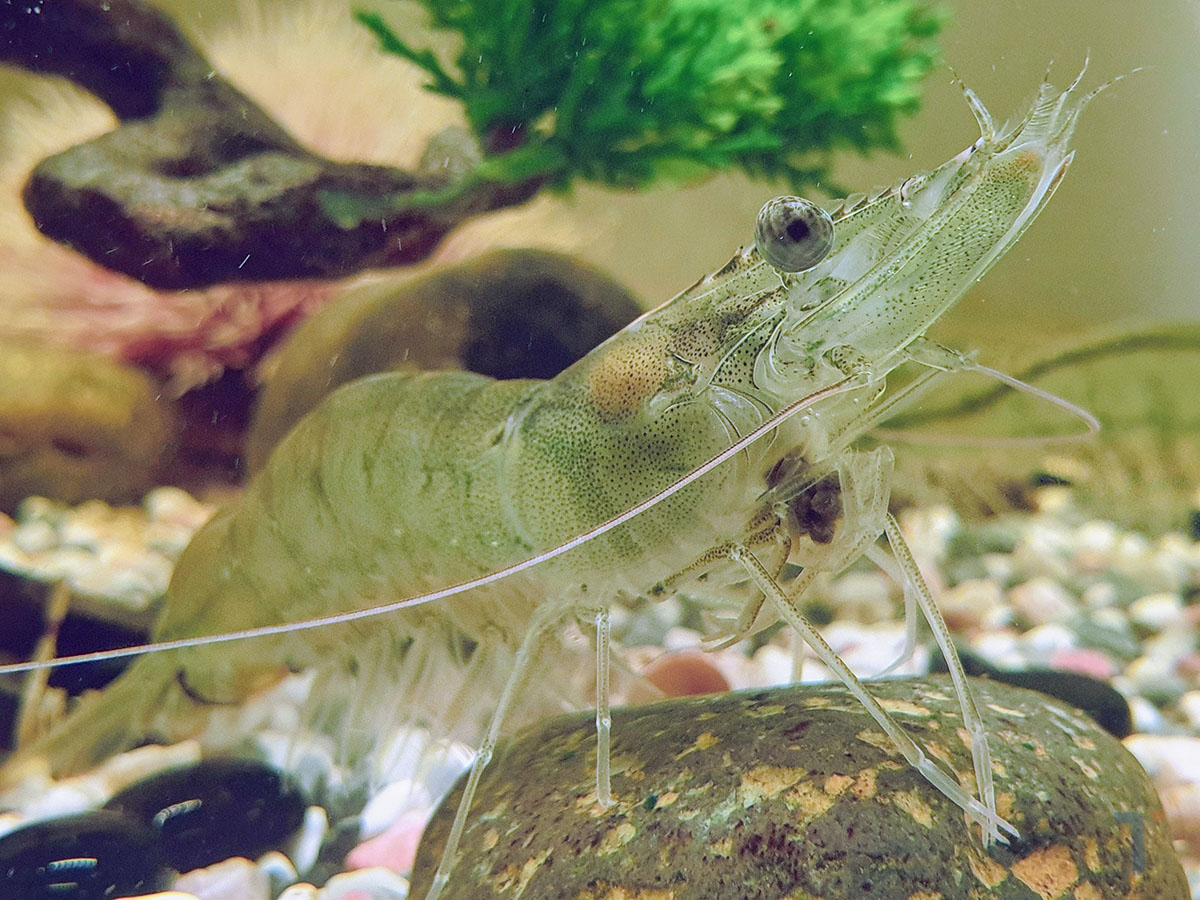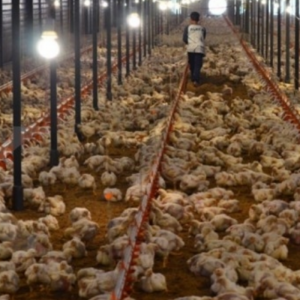
A Holistic View to Understand the Concept of “Correct Nutrition” in Aquaculture
| Tue, 06 Jul 2021 - 15:07
Along with the development of the aquaculture industry, the concept of "precision nutrition" has appeared and is receiving more and more attention. Understanding the nutritional requirements of livestock, the factors that influence these requirements, and then implementing the correct management strategies is essential to building a sustainable and thriving farming model. strong.
Some researchers have defined precise nutrition as meaning that the nutritional composition of the feed must meet the requirements for optimal production performance.
To obtain a comprehensive view of all the factors that contribute to correct nutritional regulation, a multidisciplinary approach is required. In fact, correct nutrition must include a comprehensive survey of the animal's genetic background, living habits, metabolic characteristics, aquatic environment and other factors.
Precise nutrition regulation covers every level, from genes, cells and tissues to the whole organism. Through interactions with genes, nutrients activate or inhibit signaling pathways/networks in cells, regulate gene expression and protein synthesis, and then affect composition, content and site of nutrient accumulation of carbohydrates, lipids, proteins and trace elements.
Read more: Nutrition for Aquatic Aanimals and Related Problems
In this review, we propose that “correct nutrition” should be understood and implemented simultaneously from different aspects such as “correct feeding”, “correct metabolism”, “exact output”. correct” and “accurate support”.

White leg shrimp cathc prey. Photo: Tepbac
Precise feeding
Precise feeding is an important technique to reduce feed conversion ratio (FCR) so that farmers can gain more profit. Specifically, there is always one or more nutrients in excess or deficiency, leading to waste of feed ingredients, increased costs and environmental pollution.
To improve nutrient utilization, minimize waste and achieve a clean culture environment, correct feeding requires a good understanding of each individual's genetic background, nutritional needs and habitat. species.
Exact conversion
In the digestive system, the food after entering the fish body must be broken down into carbohydrates, proteins, lipids and vitamins before they can be absorbed by the intestines and metabolized in the organs that provide energy for the fish. fish live and grow.
For example, in fish, the brain-liver-gut plays an important role in regulating feeding behavior and metabolism. What's more, the mechanisms of action of nutrients are amazingly complex. One cannot develop strategies for managing an organism without understanding the organism's metabolism. Therefore, a correct understanding of the animal's metabolism and metabolism will be of great help in improving nutritional quality.
Read more: Marine Ingredients are Stable in Volume, Strategic in Aquaculture Nutrition
Exact output
Along with the modernization of society, consumers' demand for quality seafood products is increasing. Therefore, identifying methods to provide consumers with high-quality, nutritious seafood products has always been a major challenge facing the aquaculture industry.
Exact support
Precision support is defined as the use and development of useful new supporting infrastructures, technologies and methods such as improved construction of pollutant waste removal systems or development of more effective statistics.
In addition, the accumulation of various nutritional elements can be achieved through manual intervention methods. For example, when feeding grass carp with lentils for a long time, the stiffness and brittleness of the fish muscle is significantly improved. It is noteworthy that the site of accumulation of adipose tissue plays a significant role in fish quality.
The type and content of fat in the muscle determines the quality of the product. Fat content varies between different fish species. For example, marine fish such as halibut have less fat in their muscles, while salmon contains a lot of fat in their muscles. In fact, the storage and distribution of fat in fish is a complex process regulated internally by genes and externally by the environment.
In the future, further in-depth research is needed so that more excellent aquaculture management software platforms can be developed by integrating computer science and biostatistics with production engineering. In general, precision nutrition is not just a literal concept, it is also a technology and theory that ensures the sustainable development of the aquaculture industry.
Source: Tepbac.com






















